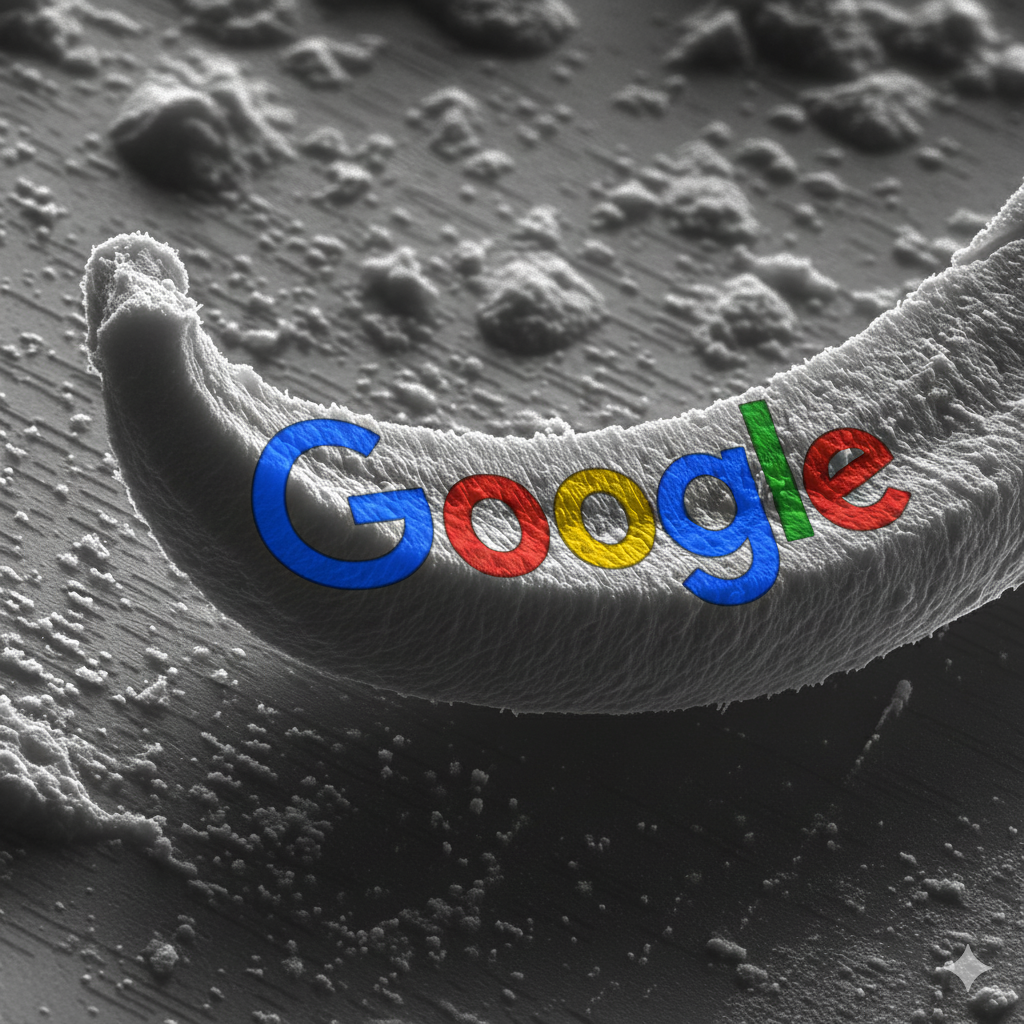The creative landscape is a constant battleground of innovation, and the latest clash pits two heavyweight AI models against each other: Google's "Nano Banana" and Black Forest Labs' "Flux Kontext." While Google's new tool has been making a splash, it's essential to look at the full picture and see how it compares to one of the most powerful and precise tools in the industry. This isn't just a story of one tool replacing another; it's a deep dive into the different philosophies of AI-powered creative work.

What is Google's Nano Banana?
Nano Banana is an intuitive AI image-editing tool designed to simplify complex creative tasks. While the full scope of its features is still unfolding, early reports suggest it offers capabilities that directly compete with established software. The most compelling aspect? It's either free or significantly cheaper than its professional-grade counterparts, making it accessible to a much wider audience, from hobbyists to small businesses.
This ease of access is a key part of its appeal. The user experience is designed to be straightforward, allowing creators to produce impressive results without a steep learning curve. The core functionality of Nano Banana is built on powerful generative AI, which can automate and assist in tasks that would traditionally require hours of manual work.
Flux Kontext: The Surgical Specialist
In contrast, Flux Kontext, a suite of models from Black Forest Labs, is a master of precision. While Nano Banana is a generalist, Flux Kontext is a specialist, built for in-context image editing. It understands an image's content and can make surgical, targeted changes without affecting the rest of the composition. This makes it a go-to for tasks like:
-
Localised Edits: Need to change a product logo on a sign or fix a small detail in a background? Flux Kontext can handle it without altering the rest of the image, which Nano Banana might struggle with.
-
Typography: A common weakness for many AI image models is the generation and editing of text. Flux Kontext excels at this, ensuring that any text added or changed is clear, stylistically consistent, and well-placed.
-
Character and Object Consistency: While Nano Banana has made strides in this area, Flux Kontext is a leader. It can preserve a character's unique features, clothing, and overall look across multiple scenes and edits, making it invaluable for creating consistent narratives or brand assets.
Flux Kontext's strength lies in its ability to take a detailed, step-by-step approach to editing, with each new instruction building on the previous one without introducing artefacts or degrading the image quality. It's available in several versions, including a free, open-source "Dev" model for researchers and developers, and a commercial "Pro" version that is often used through an API, with a pay-per-execution pricing model. This makes it a flexible and powerful tool for those who require fine-tuned control.
How Does it Stack Up Against Adobe?
When comparing Nano Banana to the likes of Adobe Photoshop, the conversation isn't about a complete replacement—at least not yet. Instead, it's a story of powerful disruption. While Nano Banana may have its flaws and not yet offer the full, granular control demanded by high-end professionals, its performance on many common tasks is remarkably impressive.
-
Cost-Effectiveness: The most obvious advantage is the price point. By integrating these capabilities into a broader, more affordable service like Google Gemini, Nano Banana provides immense value, undercutting the subscription fees associated with Adobe's software.
-
Ease of Use: Nano Banana's user-friendly interface lowers the barrier to entry, enabling those who aren't software experts to create professional-looking visuals.
-
AI Integration: The tool’s AI core is its superpower. It can perform complex edits, content-aware fills, and style transfers with remarkable speed and accuracy, leveraging the power of machine learning to simplify the creative process.
The Threat to the Status Quo
The introduction of Nano Banana isn't just a new product launch; it's a sign of a larger trend. Generative AI poses a significant threat to established software businesses that have long relied on high-cost, specialised tools. By baking similar—and in some cases, superior—functionality into a broader, more accessible service, Google is challenging the very business model of these companies.
This disruption extends beyond software. The accessibility of such powerful tools could also reshape job roles for image editors and graphic designers. While AI will never fully replace human creativity, it will undoubtedly change the nature of the work, with professionals leveraging these tools to enhance their efficiency rather than performing every task from scratch.
How does Nano Banana and Flux Kontext perform?
The two sets of before-and-after pictures really show off what Nano Banana can do, especially when you throw a bunch of different requests at it all at once. Take the first example: the AI totally nails it by changing the sunglasses, adding a crocodile, beefing up the main character, giving him shorter hair, and just making the whole thing look more real.
This proves it's not just slapping things on; it understands how to tweak objects, add to the background, and even subtly change a person, all while keeping it looking natural. The "After" picture isn't just new stuff thrown on; it's a complete makeover that still feels right, showing the AI gets lighting, shadows, and how things fit together.
Before

After | Nano Banana

After | Flux Kontext

Prompt: Change the sunglasses to Tom Ford sunglasses, add an alligator chasing the boat in the background, make the main character more muscular and ripped, and change his hair to be shorter. Make the picture more realistic
Before

It's the same story with the second set of images, which highlights how precise the AI can be with tiny details and how it understands brands. The "After" photo perfectly changes the name, number, and year on the jersey, and impressively, it even gets a specific brand's design elements (like the three stripes) right while making the player's body look more realistic. This isn't just basic editing; it means the AI can grasp style instructions and apply them convincingly, even when they involve specific brand stuff or require a better understanding of how bodies work.
After | Nano Banana

After | Flux Kontext
-
Could not generate
Prompt: Change the name at the back to Wirtz, the number to 7, make it the 2025 long sleeve adidas home jersey, player likeness to Florian Wirtz, three strips down the shirt and pants and improve the proportions of the players to be more realistic
Both examples clearly demonstrate that Nano Banana can handle both significant creative changes and meticulous touch-ups, making it a highly flexible tool for various image editing tasks.
The Future of Creative Tools
The rise of both Nano Banana and Flux Kontext demonstrates that the future of creative AI is not about a single, dominant tool but a diverse ecosystem of specialised and generalist models. Professionals and enthusiasts will likely use a combination of tools, leveraging Nano Banana for quick ideation and large-scale changes, and turning to Flux Kontext for surgical precision and fine-tuned details.
This is a testament to the power of AI to not only automate tasks but also to empower creators with unprecedented speed and control.
Media Futura currently offers Flux Kontext within its AI ecosystem, so try it out today!



